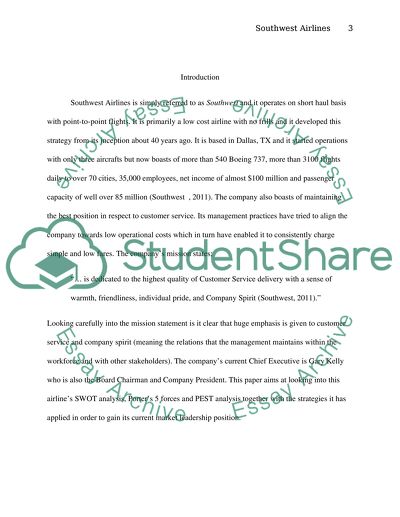Cite this document
(“Hawaiian Airlines Research Paper Example | Topics and Well Written Essays - 2500 words”, n.d.)
Retrieved from https://studentshare.org/family-consumer-science/1406650-hawaiian-airlines
Retrieved from https://studentshare.org/family-consumer-science/1406650-hawaiian-airlines
(Hawaiian Airlines Research Paper Example | Topics and Well Written Essays - 2500 Words)
https://studentshare.org/family-consumer-science/1406650-hawaiian-airlines.
https://studentshare.org/family-consumer-science/1406650-hawaiian-airlines.
“Hawaiian Airlines Research Paper Example | Topics and Well Written Essays - 2500 Words”, n.d. https://studentshare.org/family-consumer-science/1406650-hawaiian-airlines.


